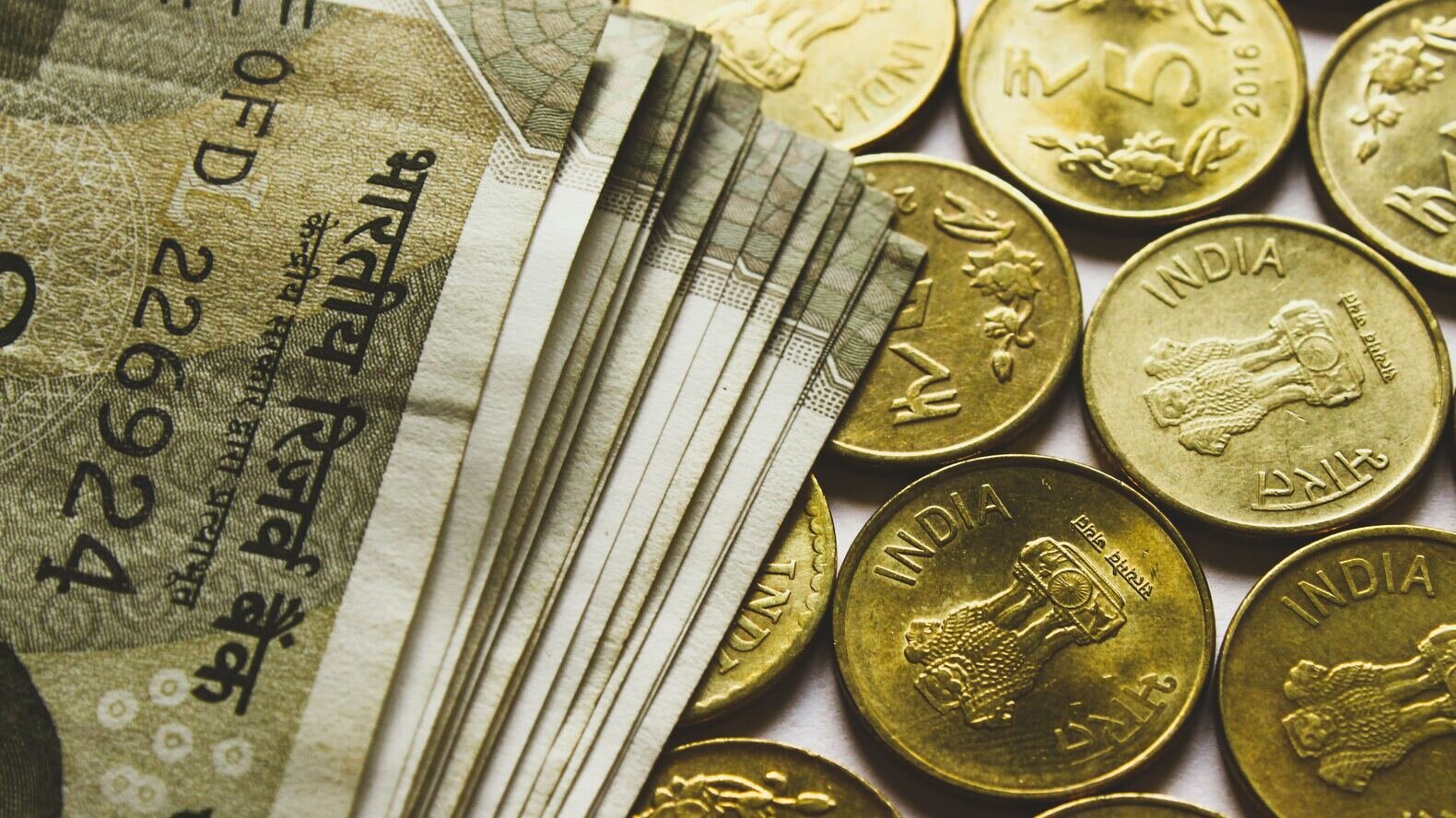1 USD to INR in 1947 - History of the Indian Rupee
0
0

The exchange rate of 1 USD to INR in 1947 was 3.30. In the subsequent years, the Indian rupee has been losing value against the US dollar. As of April 21, 2023, the exchange rate between USD and INR was 82.06.
Between 1949 and 1966, the exchange rate of USD to INR was 4.76. This was a fixed exchange rate, meaning that it did not directly reflect the supply and demand for the US dollar and the Indian rupee. Still, these market forces would periodically influence decisions to adjust the exchange rate between USD and INR.
Between 1966 and 1975, the 1 USD to Indian rupee exchange rate was 7.50, and it was then changed again on four occasions in 1975 (8.39), 1980 (6.61), 1985 (12.38) and 1990 (17.01).
India kept its fixed exchange rate policy until 1993, when it officially adopted a “market determined exchange rate” policy for the rupee.
The Indian rupee reached its lowest ever value against the US dollar in February 2023, when the USD/INR exchange rate hit 82.93.
The history of USD to INR
Let’s visualize the change in the USD to INR exchange rate since 1947 with a chart.
Please note that the following chart does not account for intra-year exchange rate fluctuations, as it uses only one data point for each year. The chart is designed to display fluctuations on a longer time frame.

In the table below, you can find a more detailed breakdown of the INR to USD exchange rate since 1947.
| Year | 1 USD in INR |
|---|---|
|
1947 |
3.3 |
|
1949 |
4.76 |
|
1966 |
7.5 |
|
1975 |
8.39 |
|
1980 |
7.86 |
|
1985 |
12.38 |
|
1990 |
17.01 |
|
1995 |
32.42 |
|
2000 |
43.5 |
|
2005 (Jan) |
43.47 |
|
2006 (Jan) |
45.19 |
|
2007 (Jan) |
39.42 |
|
2008 (Oct) |
48.88 |
|
2009 (Oct) |
46.37 |
|
2010 (22 Jan) |
46.21 |
|
2011 (April) |
44.17 |
|
2011 (21 Sep) |
48.24 |
|
2011 (17 Nov) |
55.39 |
|
2012 (22 June) |
57.15 |
|
2013 (15 May) |
54.73 |
|
2013 (12 Sep) |
62.92 |
|
2014 (15 May) |
59.44 |
|
2014 (12 Sep) |
60.95 |
|
2015 (15 Apr) |
62.3 |
|
2015 (15 May) |
64.22 |
|
2015 (19 sep) |
65.87 |
|
2015(30 nov) |
66.79 |
|
2016(20 Jan) |
68.01 |
|
2016(25 Jan) |
67.63 |
|
2016(25 Feb) |
68.82 |
|
2016 (14 Apr) |
66.56 |
|
2016 (22 Sep) |
67.02 |
|
2016 (24 Nov) |
67.63 |
|
2017 (28 Mar) |
65.04 |
|
2017 (28 Apr) |
64.27 |
|
2017 (15 May) |
64.05 |
|
2017 (14 Aug) |
64.13 |
|
2017 (24 Oct) |
64.94 |
|
2018 (9 May) |
64.8 |
|
2018 (Oct) |
74 |
|
2019 (Oct) |
70.85 |
|
2020 (Jan) |
70.96 |
|
2020 (Dec) |
73.78 |
As we can see, there has historically been a clear trend of the Indian rupee losing value against the US dollar.
Important milestones in the history of the Indian rupee
Let’s briefly highlight important milestones in the history of the Indian rupee to get a better understanding of what has happened to the currency since India gained independence in 1947.
1950s: Decimalization
In the 1950s, a decimal system for Indian rupee coinage was adopted. Before the decimal system, the rupee could be divided into 16 anna, 96 paisa or 64 pice. Since the decimalization, 1 rupee is divided into 100 paisa.
1966: Economic crisis
A number of factors led to an economic crisis in India in 1996. This includes a reduction in foreign aid to India, the Indo-Pakistan war, and a severe drought in 1965/1966. These factors led to a devaluation of the rupee.
1991: Economic crisis
During this period, India was struggling with high inflation and budget deficits. India’s balance of payments problem prompted the government to devalue the rupee. In 1993, the fixed exchange rate policy was finally abandoned.
2000s: Revaluation
Foreign investments into India helped stabilize the value of the rupee in this period and the currency began gaining strength. However, the financial crisis in 2008 led many foreign investors to divest from the Indian market, which contributed to reversing the rupee’s positive trend.
2016: Demonetization
In 2016, the Indian government demonetized ₹500 and ₹1,000 banknotes from the Mahatma Gandhi Series. This was accompanied by the issuance of new ₹500 and ₹2,000 banknotes.
The bottom line - INR to USD has depreciated significantly since 1947
If we consider that the exchange rate of the dollar vs rupee in 1947 was 3.30, it becomes clear that India’s national currency has depreciated significantly in the decades since India gained independence. In fact, the rupee hit its all-time low against the dollar quite recently, in February of 2023.
Of course, this trend could reverse in the future given the rapid pace of India’s development.
0
0







